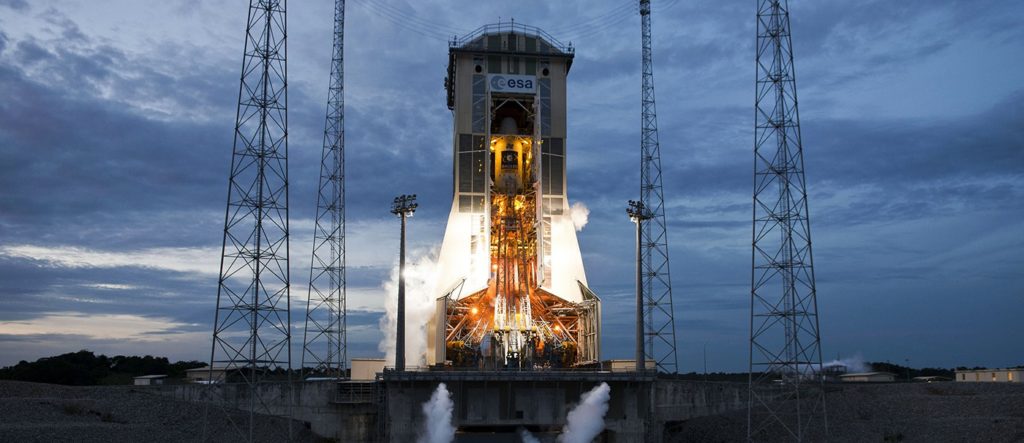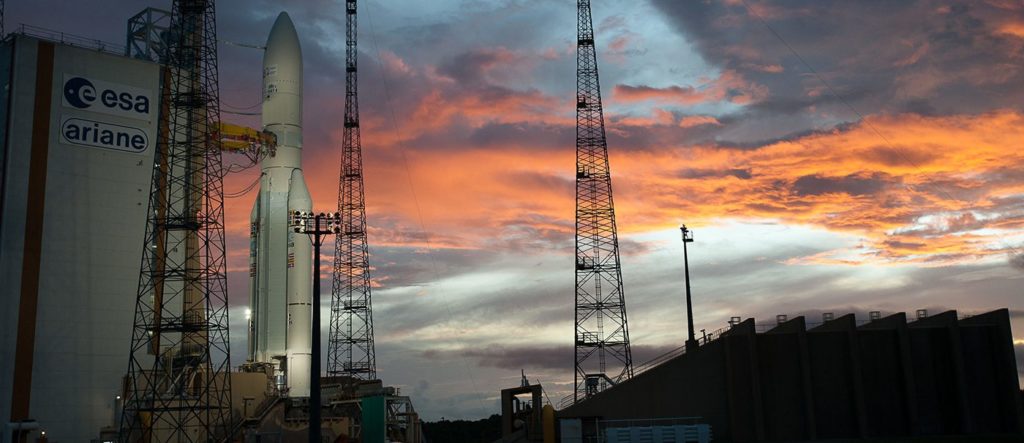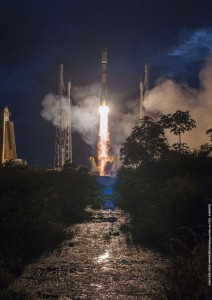Ninth and tenth Galileo satellites have crossed the Atlantic, touching down in French Guiana ahead of their joint launch this September. The delicate navigation satellites made their journey within environmentally controlled containers, having passed a gamut of tests to confirm their readiness for space.
The pair left ESA’s ESTEC technical centre in Noordwijk, the Netherlands, last Thursday by road to Luxembourg Findel Airport. On Friday morning the duo flew by Luxair 747 aircraft to Cayenne–Félix Eboué Airport in French Guiana, touching down at around midday local time. Read more…




